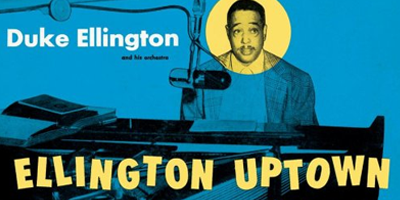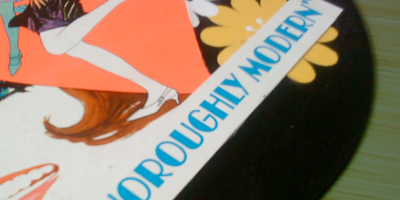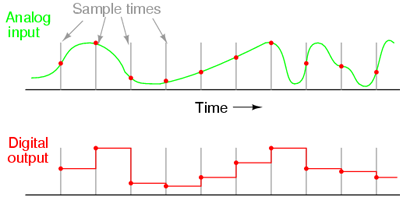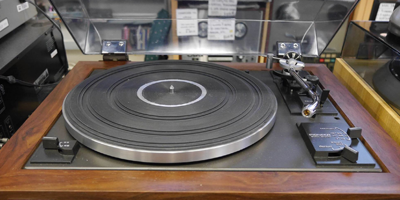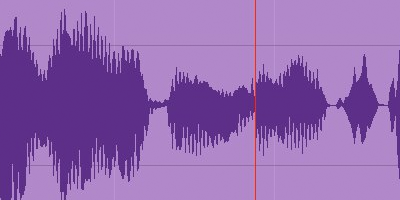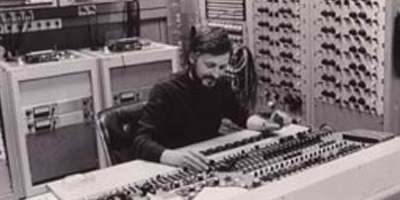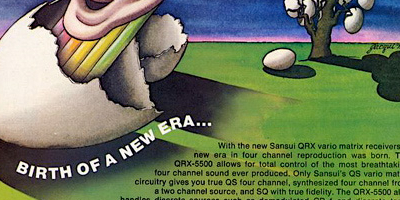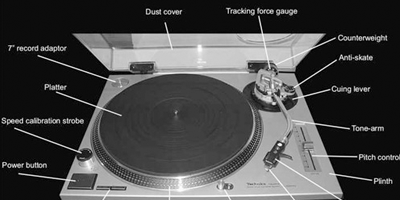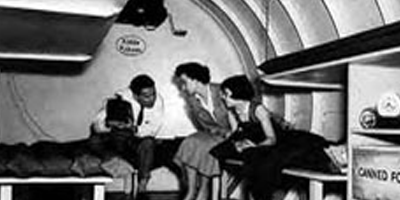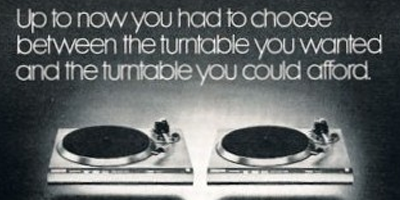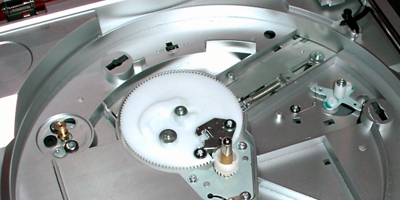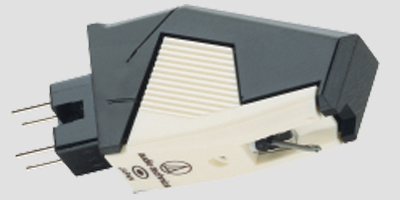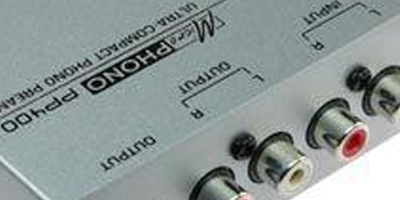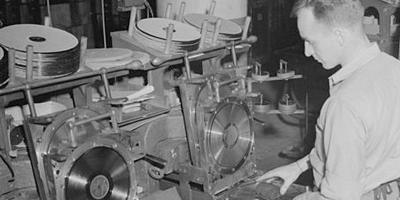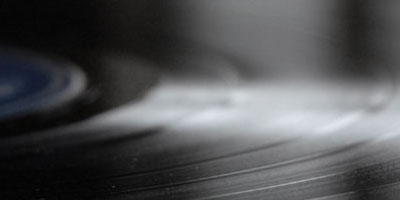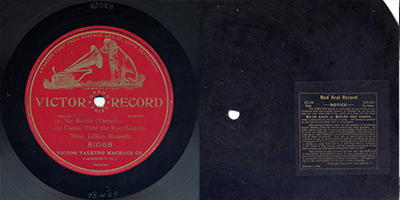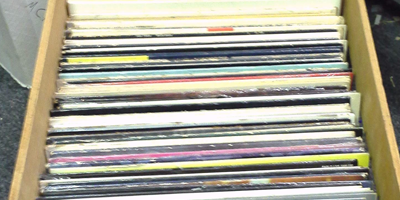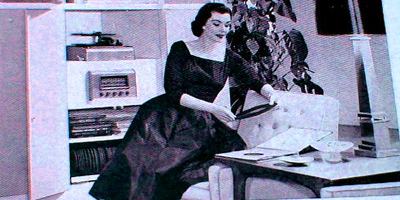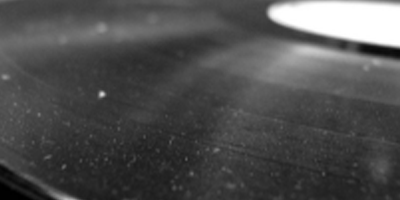The 78 rpm record was the primary format for music sold during the period from the early 1900s into the 1950s. The name “78s” only became necessary in the late 1940s, to differentiate them from the newly-introduced 33 1/3 rpm LPs (“Long Plays”) and 45 rpm singles. Before that, 78s were simply called records.
78s only hold about 4 minutes of music per side. This is because the record groove is quite large compared to “microgroove” LPs and 45s. So while 78s will play on equipment designed for LPs and 45s, it is probably best to think of 78s as a completely different format that needs dedicated equipment designed for their playback. 78s have a largely undeserved bad reputation when it comes to sound quality, because many people try to play them using equipment not meant for them.
When playing 78s, it is best to have equipment that can deal with these three issues:
- Speed: Obviously the turntable must spin at 78 rpm.
- Stylus: Because 78s have a record groove that is around seven times larger than microgroove records, the stylus should also be much larger in order to pick up the music correctly. A stylus used for microgroove records will fall to the bottom of a 78 rpm record, so you will hear mostly noise and dirt. The music is up on the sides of the groove.
- Equalization: There is not actually a true “natural” representation of sound waves on an LP or 45 rpm record. The lower notes (frequencies) are put on a record in a compressed fashion and are then de-compressed upon playback. Your phono preamp is responsible for the de-compression on playback. It is the process of compressing the low notes that allows LPs to hold as much as 25 minutes on a side of a record, because the groove is so much narrower. While 78s do require some equalization, it is very different than that used on micro-groove records. So playing 78s back through the phono input on your stereo makes for an inaccurate and unnatural sound.
For these reasons, the best way to accurately play 78s is on equipment that was engineered properly for 78s. Keep in mind that recordings from any era were designed around the abilities of the format (record) and the electronics of that era. Therefore, using the appropriate vintage equipment to play these recordings will yield a sound much closer to their natural origins. Mixing recordings and the electronics from different eras often produces a suboptimal sound. Sound Exchange is happy to provide playback systems for 78s that are both cost effective and sound good.
78 rpm records also have a reputation for breaking easily. This is largely true when compared to vinyl records (note: some 78s are also made of vinyl). But shellac 78s do hold one big advantage over vinyl LPs and 45s, in that they are much less susceptible to scratches and can still sound good even when they are visibly damaged. This was true even for 78s when they were new: they just didn’t ever look quite as good (shiny and smooth) as LPs, but they still sound fine when played with the right equipment.
 Sign Up For Our Newsletter
Sign Up For Our Newsletter




